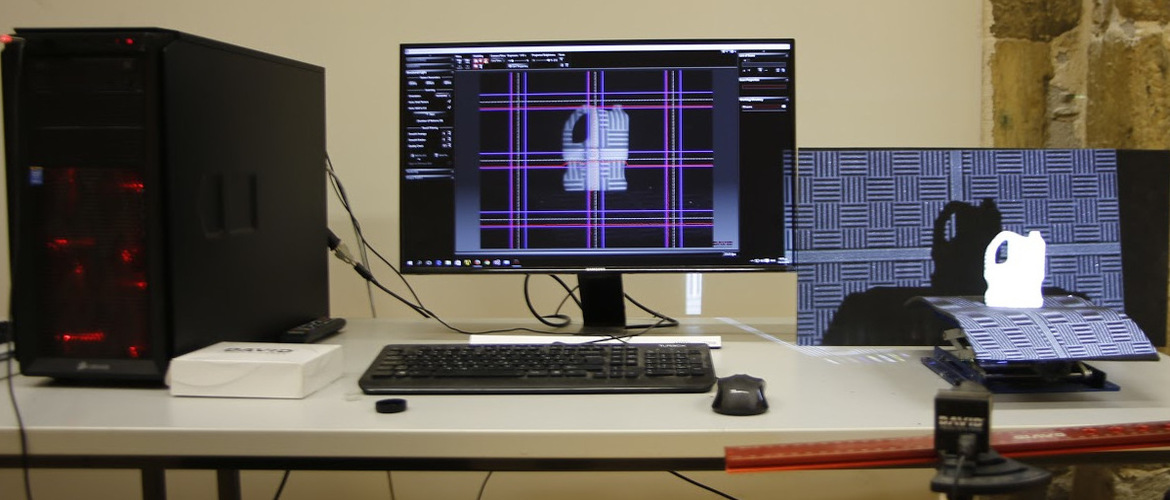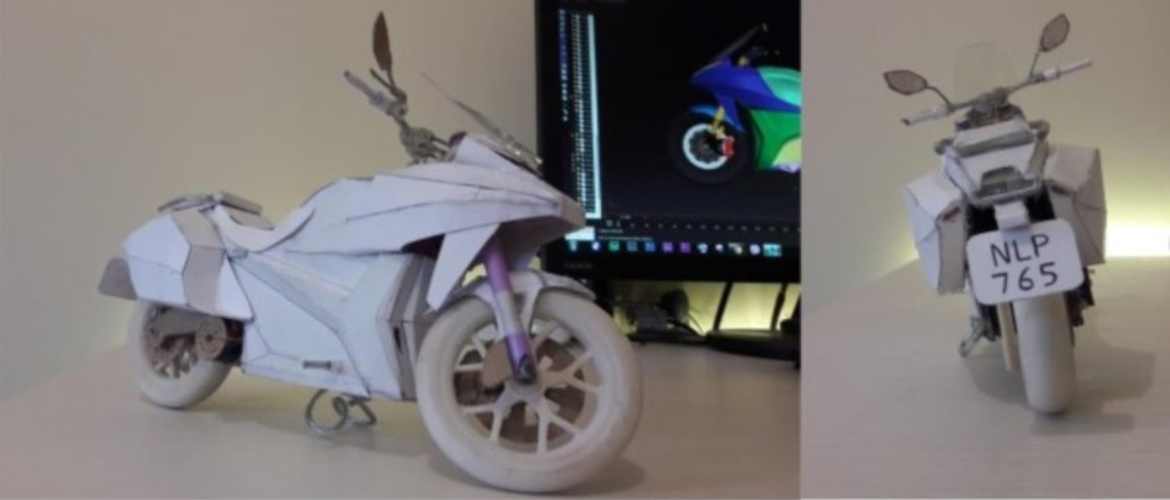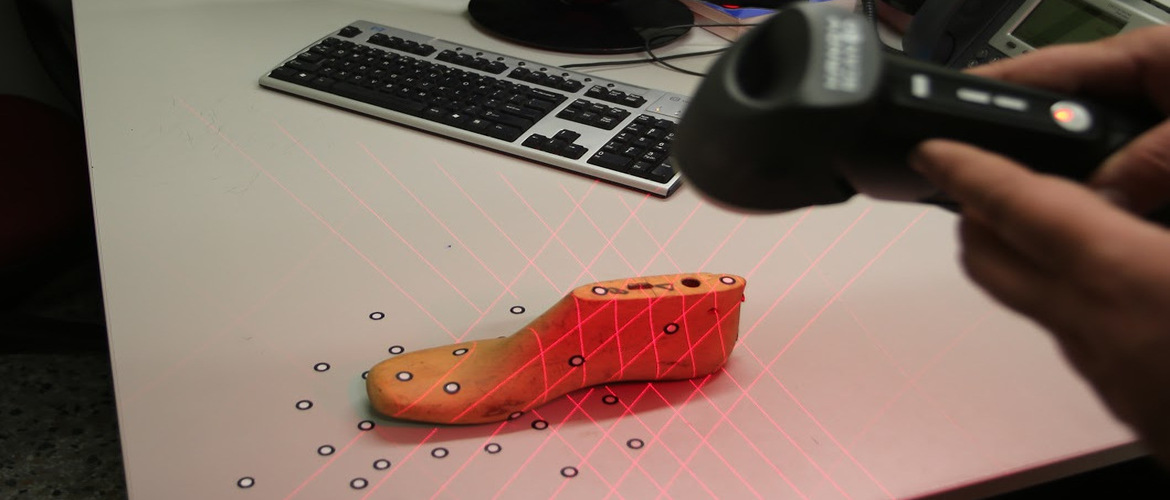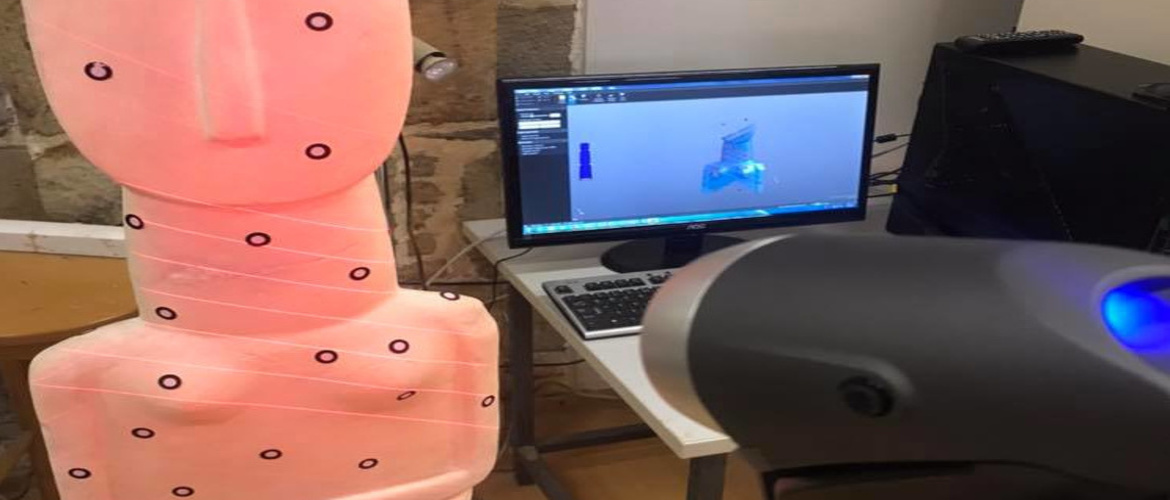The prospect of computer-aided design (CAD) was skyrocketed once it was feasible to create a product with the aid of a computer by simulating a large part of its lifecycle, in particular this part that falls within the traditional engineering process. Thanks to CAD, both the engineer and the potential employer are in a position to monitor, understand, as well as evaluate the product even before a prototype is produced.
CAD allows students to create a physical prototype in plastic or other material with the aid of the rapid prototyping equipment, instead of 3D printing it.
Through this stream of study, the students learn how to creatively use these new tools, while at the same time, based on the knowledge they gain through science and epistemology, they are trained at critically employing the areas of Mathematics, Physics, Engineering and other disciplines they need to draw on, so as to select the appropriate design environment which will best allow them to implement their ideas and/or to intervene in this environment to this end.







